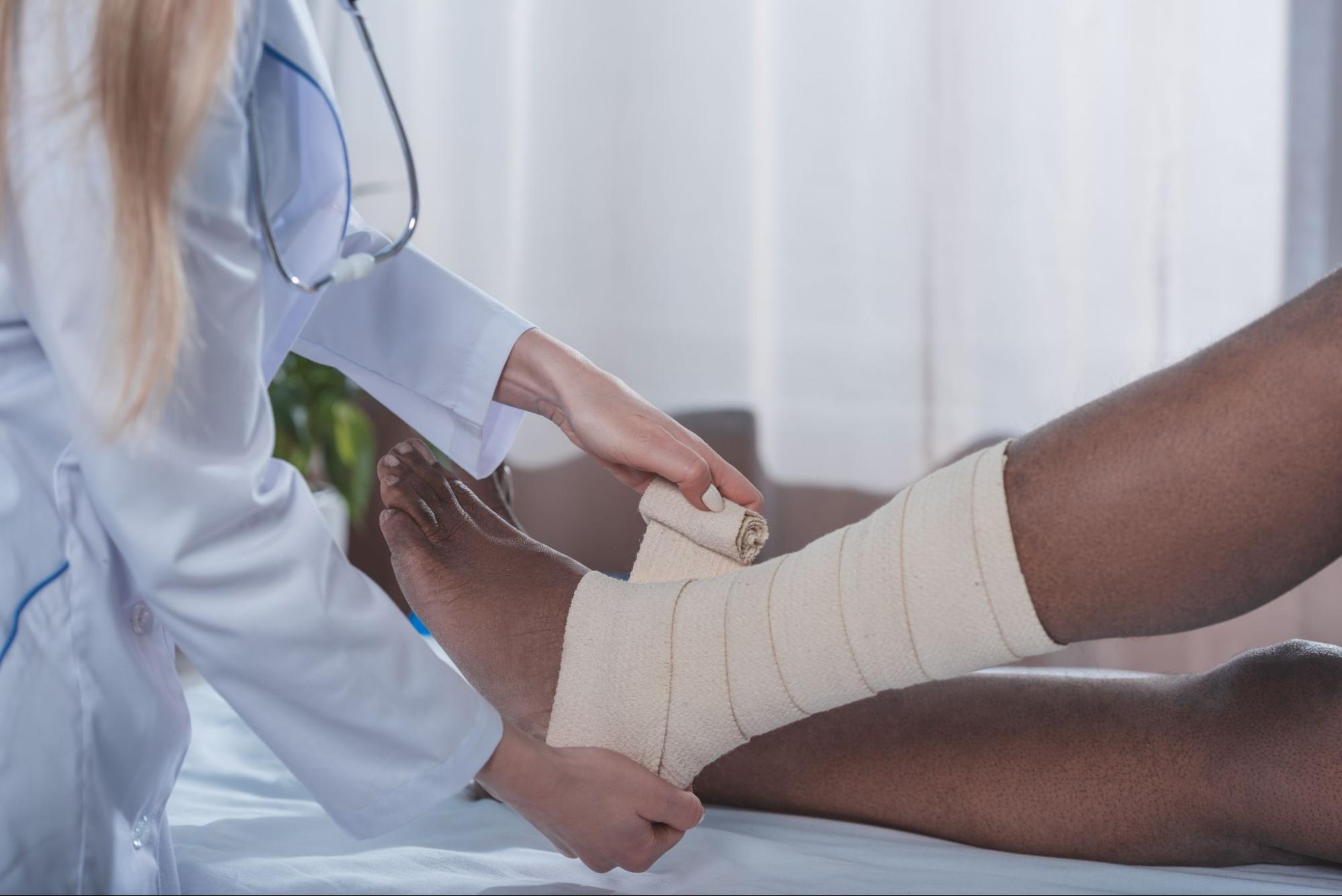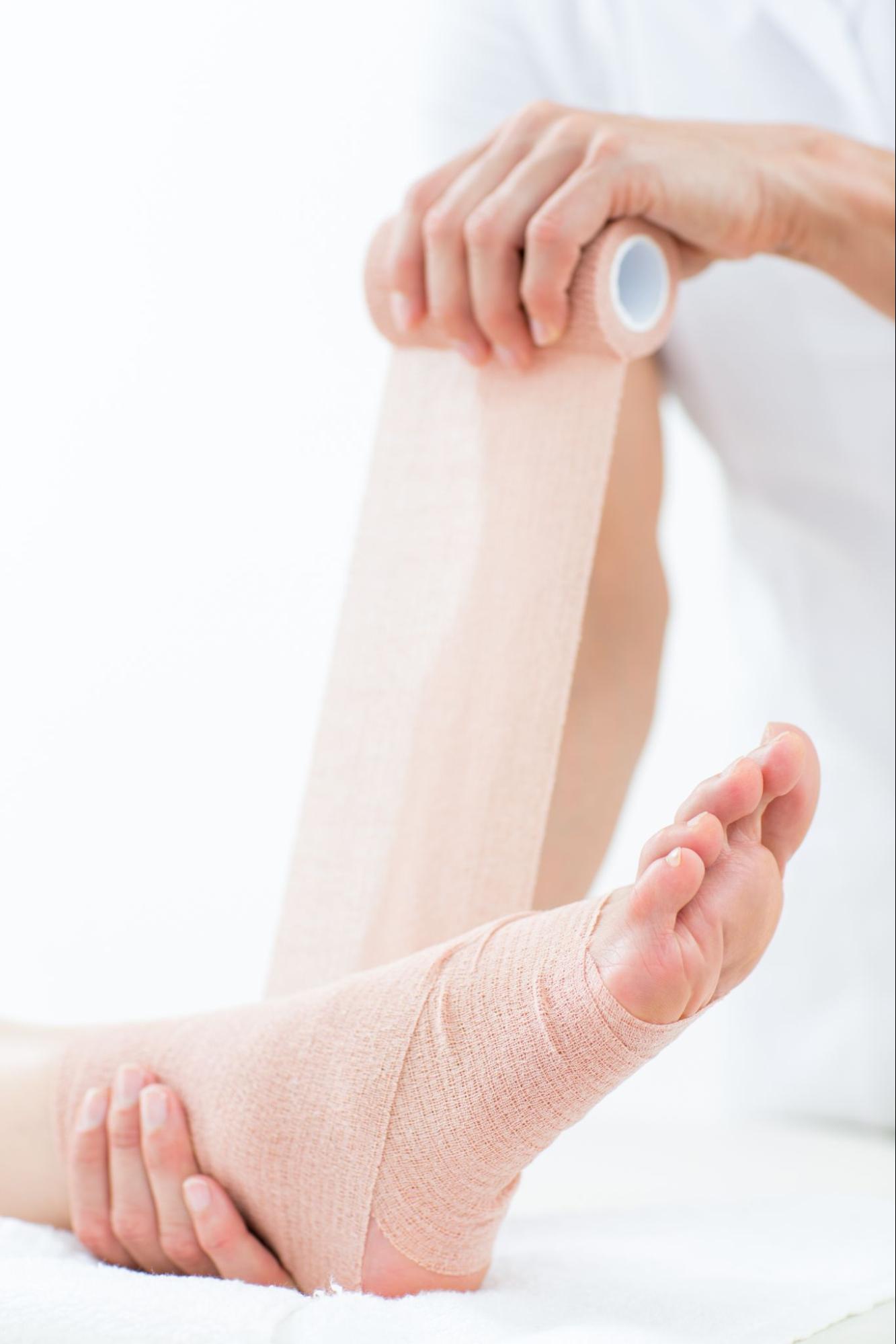
Common Pressure Ulcer Symptoms
Pressure ulcers, bedsores, or decubitus ulcers are localized injuries to the skin and underlying tissue caused by prolonged pressure. They often develop in bedridden individuals, those who use a wheelchair, or those with limited mobility. These wounds typically form over bony areas such as the heels, elbows, hips, and tailbone. Recognizing the early signs of pressure ulcers is crucial for preventing severe complications, including infections, tissue damage, and even life-threatening conditions like sepsis. In this blog, we’ll explore the common symptoms of pressure ulcers at different stages and discuss how to manage and prevent them.
Understanding the Causes and Risk Factors of Pressure Ulcers
Before diving into the symptoms, it’s essential to understand why pressure ulcers develop. These sores result from continuous pressure, friction, or shear forces that restrict blood flow to the skin and soft tissues. Common risk factors include:
Limited Mobility
Patients confined to a bed or wheelchair for long periods are at high risk of developing pressure ulcers due to continuous pressure on specific areas. Without frequent repositioning, blood flow is restricted, leading to tissue damage.
Poor Circulation
Conditions like diabetes and vascular disease that reduce blood flow make it harder for wounds to heal and increase the likelihood of ulcer formation. Poor circulation also deprives the skin of essential oxygen and nutrients, compromising its ability to stay healthy.
Malnutrition
A lack of proper nutrients weakens the skin and slows healing, making it more vulnerable to breakdown and infection. Protein, vitamins, and hydration are critical in maintaining skin integrity and supporting the body’s natural repair process.
Moisture Exposure
Prolonged exposure to sweat, urine, or feces weakens the skin’s integrity, increasing the risk of friction and breakdown. Excess moisture can also create an ideal environment for bacterial growth, leading to infections and worsening skin damage.
Aging Skin
Older adults have thinner skin, which makes them more susceptible to breakdown and injury from minor pressure or friction. Reduced collagen production and slower cell regeneration further contribute to the increased vulnerability of aging skin.
Now, let’s explore the symptoms of pressure ulcers at each stage of development.
Stage One Pressure Ulcer Symptoms
The earliest stage of a pressure ulcer may not appear alarming at first. However, recognizing subtle signs can prevent the sore from worsening:
Symptoms of Stage One Pressure Ulcers
At Stage One, pressure ulcers present early warning signs that should not be ignored. These symptoms indicate that the skin is under stress and at risk of further damage if corrective action is not taken.
Persistent Redness (Erythema)
The affected area appears red and does not fade when pressure is relieved. In darker skin tones, it may appear blue, purple, or darker than the surrounding skin.
Skin Warmth or Coolness
The skin may feel unusually warm or cool compared to nearby areas.
Pain or Discomfort
The patient may report tenderness, itching, or a burning sensation in the affected area.
Firm or Soft Texture
The skin may feel harder or softer than the surrounding tissue.
Management of Stage One Pressure Ulcers
Early intervention is key to preventing a Stage One pressure ulcer from progressing into more severe tissue damage. By taking proactive measures, caregivers can protect the skin and promote healing before the ulcer worsens.
Reposition the Patient
Change positions every one to two hours to relieve pressure.
Use Supportive Surfaces
Cushions, specialized mattresses, and foam pads help distribute weight.
Keep Skin Clean and Dry
Moisture increases the risk of skin breakdown, so hygiene is essential.
Improve Nutrition
A diet rich in protein, vitamins, and minerals supports skin health.
At this stage, intervention can prevent the ulcer from worsening.
Stage Two Pressure Ulcer Symptoms
If left untreated, a pressure ulcer progresses to Stage Two, where the skin breaks down.
Symptoms of Stage Two Pressure Ulcers
At Stage Two, pressure ulcers advance beyond redness and develop noticeable skin damage. The wound is now open or blistered, making it more susceptible to infection and deterioration if left untreated.
Open Sore or Blister
The affected area may develop a shallow, open wound or a blister filled with clear fluid.
Partial-Thickness Skin Loss
The outer skin layer (epidermis) and part of the deeper skin layer (dermis) are damaged.
Swelling and Tenderness
The area becomes swollen, painful, and more sensitive to touch.
Discoloration
The wound may appear pink or red, and the surrounding skin may be inflamed.
Management of Stage Two Pressure Ulcers
The skin is already compromised at this stage, so proper wound care is essential to prevent infection and speed up healing. Timely intervention can also prevent the ulcer from progressing into a deeper wound.
Apply Dressings
Use hydrocolloid, foam, or transparent dressings to protect the wound and promote healing.
Avoid Pressure on the Area
Keep weight off the affected region using pillows or pressure-relieving devices.
Clean the Wound Properly
Use saline solution to rinse the ulcer and prevent infection.
If properly treated, Stage Two ulcers can heal within a few weeks. However, they can quickly progress to more profound tissue damage without intervention.

Stage Three Pressure Ulcer Symptoms
By Stage Three, pressure ulcers penetrate deeper layers of tissue, leading to significant damage.
Symptoms of Stage Three Pressure Ulcers
By Stage Three, pressure ulcers penetrate deeper layers of tissue, resulting in severe skin loss and an increased risk of infection. The damage extends beyond the surface, making healing more challenging and requiring medical intervention.
Crater-Like Wound
The ulcer deepens, forming a noticeable hole in the skin.
Full-Thickness Skin Loss
The entire epidermis and dermis are lost, exposing fat tissue underneath.
Yellowish or Dead Tissue (Slough)
The wound may contain yellow, dead tissue, which slows healing.
Foul Odor and Drainage
The wound may emit a foul smell and produce pus or fluid if infection is present.
Increased Pain and Inflammation
The surrounding skin becomes swollen, warm, and red.
Management of Stage Three Pressure Ulcers
At this stage, medical intervention is necessary to remove dead tissue, prevent infection, and promote healing. Without proper care, a Stage Three ulcer can rapidly progress to an even more severe and life-threatening condition.
Debridement (Removal of Dead Tissue)
Doctors may remove necrotic tissue to promote healing.
Advanced Dressings
Medicated wound dressings keep the ulcer moist and encourage healing.
Antibiotics for Infection
A doctor may prescribe antibiotics if the ulcer is infected.
Surgical Intervention
In severe cases, surgical closure or amniotic grafting may be necessary.
At this stage, pressure ulcers pose a serious health risk and require immediate medical attention.
Stage Four Pressure Ulcer Symptoms
Stage Four ulcers are the most severe and life-threatening.
Symptoms of Stage Four Pressure Ulcers
Stage Four pressure ulcers are the most severe and can be life-threatening if not treated promptly. At this stage, the wound has penetrated deep into the body, causing significant tissue destruction and increasing the risk of systemic infection.
Extensive Tissue Damage
The ulcer extends into muscles, tendons, and even bones.
Exposed Bone or Tendons
The wound is deep enough to reveal underlying structures.
Black or Necrotic Tissue (Eschar)
Dead, blackened tissue may cover parts of the ulcer.
Severe Infection
Signs of infection include fever, pus drainage, a foul smell, and increased pain.
Risk of Sepsis
If bacteria enter the bloodstream, it can lead to sepsis, a life-threatening condition.
Management of Stage Four Pressure Ulcers
At Stage Four, treatment is complex and requires intensive medical intervention. Healing can take months, and in many cases, long-term wound care or surgical reconstruction may be necessary to close the ulcer.
Aggressive Wound Care
Surgical debridement is often necessary to remove dead tissue.
Intravenous (IV) Antibiotics
Strong antibiotics are needed to fight infection.
Reconstructive Surgery
Skin grafts or flap surgeries may be used to close the wound.
Healing at this stage can take months, often resulting in permanent tissue damage or scarring.
Additional Pressure Ulcer Symptoms
If left untreated, pressure ulcers can lead to serious complications, including:
Cellulitis
Cellulitis is a severe bacterial skin infection that causes redness, swelling, and warmth.
Bone and Joint Infections (Osteomyelitis)
The ulcer may spread to bones and joints, causing severe pain and mobility issues.
Sepsis
Sepsis is a life-threatening bloodstream infection that requires emergency medical care.
Chronic Non-Healing Wounds
Some pressure ulcers never fully heal, which may lead to long-term care needs.
Recognizing and promptly treating pressure ulcers is the best way to avoid these complications.

Treating and Preventing Common Pressure Ulcer Symptoms
Pressure ulcers are a serious concern for individuals with limited mobility. Understanding the symptoms at each stage—from early redness and pain to deep wounds with tissue loss—can help with early intervention and treatment. The best way to manage pressure ulcers is through proactive prevention. Regular repositioning, skin inspections, and proper nutrition can protect the skin and prevent serious complications. If you or a loved one experiences signs of pressure ulcers, seek medical advice immediately to ensure timely care and recovery.
Visit the Stem Health Plus blog for expert insights on wound care, skin health, and regenerative therapies.
